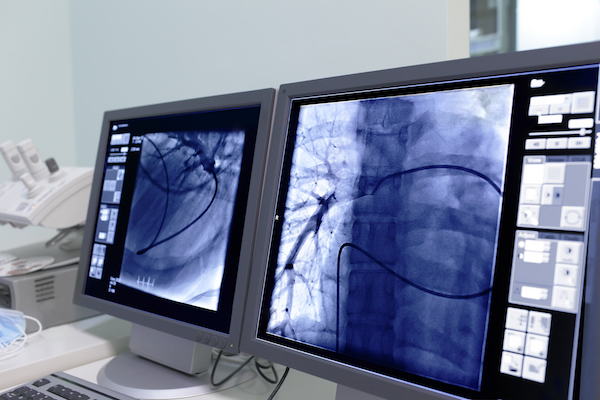 According to the American Cancer Society, lung cancer is the second most common cancer in men and women, and is the leading cause of cancer deaths for both genders. Part of the reason the mortality rate is so high is that lung cancers usually spread before they are found. Reason being, many lung cancer patients are asymptomatic early on.
According to the American Cancer Society, lung cancer is the second most common cancer in men and women, and is the leading cause of cancer deaths for both genders. Part of the reason the mortality rate is so high is that lung cancers usually spread before they are found. Reason being, many lung cancer patients are asymptomatic early on.
Screenings are tests that look for diseases before symptoms are present. The goal of screening is to reduce the development and risk of death from disease. In recent years, doctors have identified the use of low-dose computed tomography (also known as a low-dose CT scan or LDCT) as a lung cancer screening test for those at high-risk. Now, independent lung cancer screening centers have been popping up across the nation, and insurance companies have taken note. In fact, many insurance companies are covering the screenings for those who qualify. For those who don’t, some centers are offering low cost, flat fees.
It is recommended that people who meet the following criteria (and are considered high risk) should undergo a LDCT:
Additional considerations that increase the risk for lung cancer include:
In the simplest terms, a low-dose CT scan uses low-dose radiation to scan the lungs and creates detailed pictures.
This simple procedure that requires no preparation and takes five to seven minutes. It uses a series of X-rays displayed as slices of the lung. The final scan images will show the anatomy of the lungs along with the shape, size and location of any abnormalities which should be documented on your report. You—and the doctor who ordered the scan—will receive a copy of that report.
Similar to other screenings, it will be your responsibility to follow up with your doctor to analyze the results, and it’s vital that you do. Abnormalities can help your doctor detect cancer early on. With that said, abnormalities are not always an indication of cancer. Only a specialist with experience and training in lung abnormalities can truly evaluate results from the LDCT with pinpoint accuracy.
To the layman’s eye, the report probably looks as though it was written in a different language. There are lots of codes, abbreviations and “scary words.” Here’s a quick sample of terms you may come across:
Even knowing these terms, the interpretation of information is not clear-cut; an expert would take into account other considerations, including your full medical history when assessing the risk and what the results mean to you personally. This is why the report will often mention in its general instructions to talk with your doctor about the findings.
After analyzing the report and its recommendations, your doctor will advise on the next steps, and they can include:
The entire process can be very overwhelming, which is why the advice of a specialist in the field is vital.
If you have recently had a scan, been diagnosed or need a second opinion, our team of specialists will help evaluate findings and devise a treatment plan that is right for you.
As the pioneers of video-assisted thoracic surgery (VATS), we have decades of experience in minimally invasive surgical treatment and can provide our patients with helpful information on their conditions. Thoracic Group surgeons work in collaboration with a team of specialists including oncologists, pulmonologists, radiologists, pathologists and nurse navigators.
For more information or to schedule an appointment, please contact Thoracic Group today.